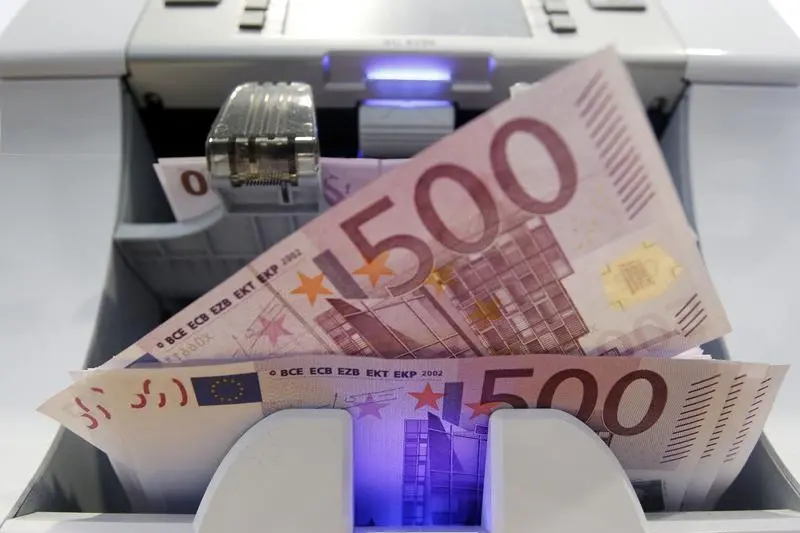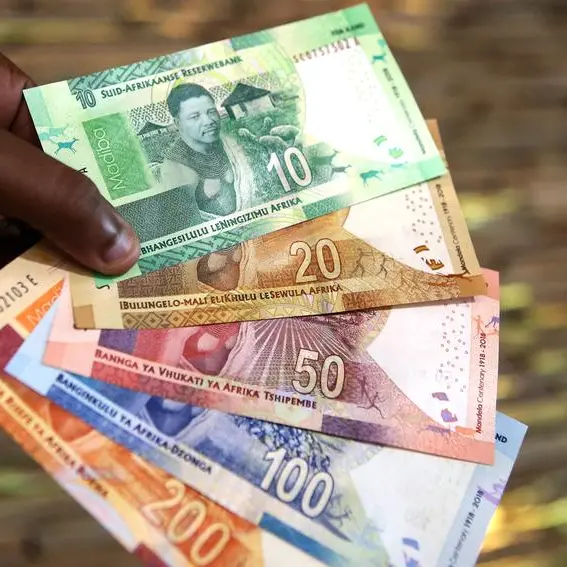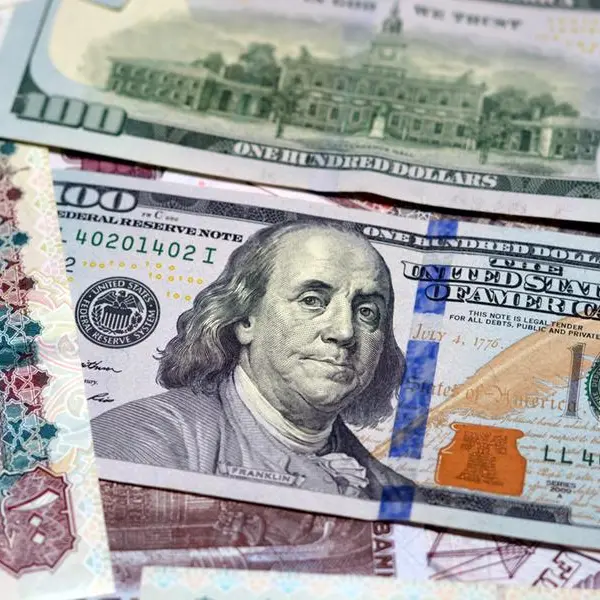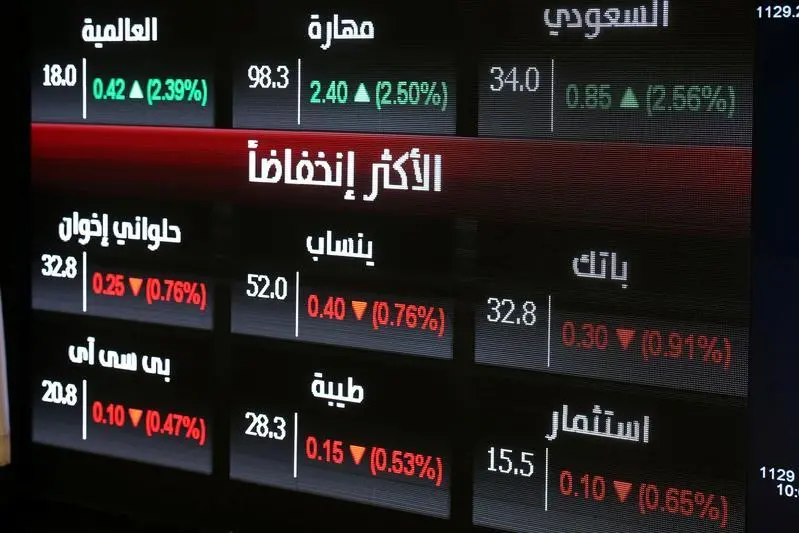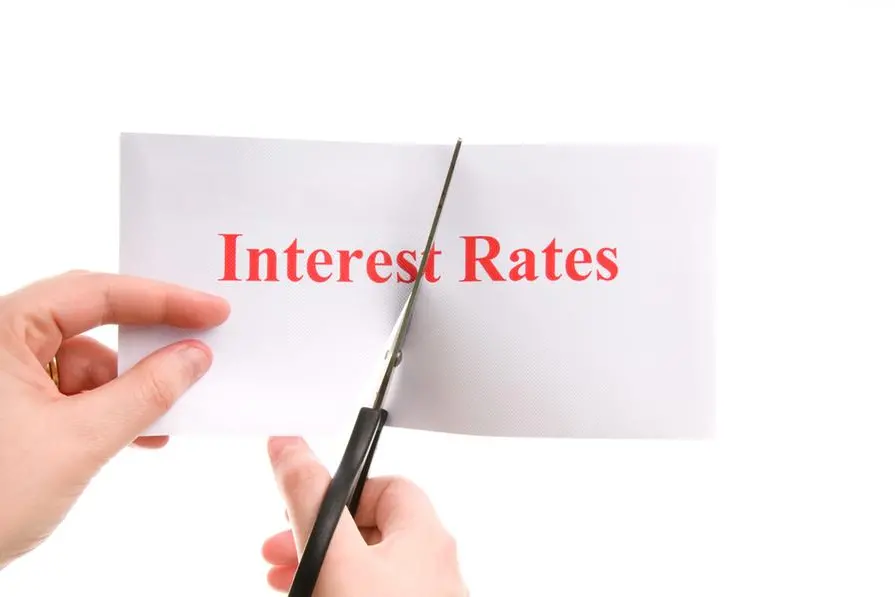PHOTO
Euro zone government bond yields rose on Monday after dropping late last week as markets increased their bets on the European Central Bank monetary easing path.
Investors are looking ahead to key economic data, including PMIs figures from both sides of the Atlantic on Thursday and the German business climate index on Friday.
Analysts argued right after the ECB policy meeting last Thursday that comments from ECB President Christine Lagarde sounded like an implicit downgrade of economic projections.
Markets expect euro area PMI data to confirm the region’s sluggish macro performance and potentially justify an acceleration of the ECB's easing path.
Germany's two-year bond yield, which is more sensitive to ECB rate expectations, rose 3 bps to 2.14%, breaking a four-day falling streak.
The German yield curve steepened with the gap between 10-year and 2-year yields reaching a new 2-year high at 10.10 bps. It hit 9.70 bps early this month.
Short-dated yields, which are more sensitive to expectations for European Central Bank policy rates, dropped faster than those of longer maturities in September and October.
U.S. economic data and expectations for a soft landing on both sides of the Atlantic supported long-dated yields.
Some economists see a 'no landing' path for the U.S. economy, with inflation close to the Fed’s target, but growth at or above previous trend estimates.
The divergence of the economies in the U.S. and the euro area fuelled a widening of the spread between 10-year U.S. and German bond yields. This gap, which has been increasing since mid-September, tightened to 187.5 bps on Monday after hitting a fresh 3-1/2-month high at 191.26 bps on Friday.
The yield gap widened as markets expect the U.S. economy to grow faster, leading bond yields to higher levels.
Barclays argued in a research note that "speculation about super-sized rate cuts has become a distant memory in the U.S., but is building in the euro area".
Money markets priced an ECB deposit facility rate at just above 2% in July 2025. They also fully discounted a 25 bps rate cut in December and around a 30% chance of a 50 bps move, from just fully pricing a 25 bps cut on Thursday before the ECB meeting.
Germany's 10-year bond yield, the benchmark for the euro zone bloc, rose 5 bps to 2.23%.
The gap between French and German 10-year yields - a gauge of the risk premium investors demand to hold France's government bonds - was last at 71.50 bps, from around 75 bps seen before Prime Minister Michel Barnier presented the budget bill for 2025.
The French National Assembly will start discussing the budget on Monday.
Italy's 10-year yield was 5 bps higher at 3.41%, and the gap between Italian and German yields widened to 117 after hitting 116, its lowest level since March.
Markets showed a muted reaction after ratings agency Fitch revised its outlook on Italy to "positive" from "stable", citing recent improvements in the fiscal performance and its commitment to EU budget regulations.
(Reporting by Stefano Rebaudo, editing by Kirsten Donovan and Ed Osmond)
